Non Woven Materia l: An In-Depth Exploration
Introduction
In the realm of textiles, non woven materials stand out for their unique characteristics and diverse applications. Unlike traditional woven or knitted fabrics, producers bond fibers together to create non-woven materials without the need for weaving or knitting. This unique production process imparts exceptional properties to non woven materials, making them highly versatile and suitable for a wide range of industries.

Get Free Sample Kit Of Our Fabric At Your Door Step
- Online Order
- Door Delivery
- 1-Click Quotation

Properties of Non Woven Materials
Non woven materials possess a combination of desirable properties that make them ideal for various applications. These properties include:
- Strength and Durability: Non-woven materials possess exceptional strength and durability. They can withstand significant wear and tear, making them suitable for demanding applications.
- Lightweight: Non woven materials are incredibly lightweight, making them easy to handle and transport. This lightweight nature also contributes to their breathability and comfort.
- Flexibility: The excellent flexibility of non-woven materials enables easy shaping and molding into various forms.. This flexibility makes them suitable for a wide range of applications, including packaging, filtration, and medical supplies.
- Absorbency: Non woven materials have excellent absorbency, making them ideal for applications where liquid absorption is crucial. This property is particularly useful in industries such as healthcare, hygiene, and cleaning.
- Cost-Effectiveness: Non woven materials are generally more cost-effective than traditional woven or knitted fabrics. This cost-effectiveness makes them an attractive option for various applications where affordability is a key factor.
Applications of Non Woven Materials
The versatility of non woven materials extends to a wide range of applications across various industries. Some of the most common applications include:
- Packaging:Industries widely use non-woven materials in packaging due to their lightweight, strength, and protective properties. Common applications include bags, envelopes, and other packaging solutions.
- Filtration: Non woven materials are highly effective in filtration applications. Industries use them in air filters, water filters, and other filtration systems to eliminate contaminants and impurities
- Medical Supplies: The medical industry extensively uses non-woven materials for products such as surgical gowns, masks, bandages, and disposable medical supplies. Their sterility, absorbency, and barrier properties make them ideal for medical applications.
- Hygiene Products: Hygiene products such as diapers, sanitary napkins, and wipes commonly utilize non-woven materials.Their absorbency, softness, and breathability make them suitable for personal hygiene applications.
- Home Furnishings: Home furnishings, including carpets, curtains, and upholstery, also use non-woven materials.
- Their durability, stain resistance, and easy maintenance make them a popular choice for home décor.
Types of Non Woven Materials
Various types of non-woven materials exist, each with unique properties and applications.. Some of the most common types include:
- Spunbond Non Woven: Spunbond non woven materials are produced by spinning fibers and bonding them together using heat or chemical binders. They are characterized by their high strength, durability, and resistance to abrasion.
- Meltblown Non Woven: Producing meltblown non-woven materials involves extruding molten polymer fibers and bonding them together. These materials are renowned for their fine fibers, high porosity, and excellent filtration efficiency.
- Needle-Punched Non Woven: The manufacturing process for needle-punched non-woven materials includes mechanically interlocking fibers using needles. These materials exhibit high density, stiffness, and resistance to tearing.
- Airlaid Non Woven: Airlaid non-woven materials are created by dispersing fibers in the air and bonding them using heat or chemical binders. They are recognized for their softness, absorbency, and bulkiness.
- WetlaidNon Woven: Wetlaid non-woven materials are formed by dispersing fibers in water and bonding them together using heat or chemical binders. These materials are characterized by their high strength, durability, and resistance to moisture.
Manufacturing Process of Non Woven Materials
The manufacturing process of non woven materials typically involves the following steps:
- Fiber Preparation: The first step involves preparing the fibers by opening and blending them to achieve the desired properties.
- Web Formation: We then form the prepared fibers into a web using various techniques such as carding, airlaying, or wetlaying.
- Bonding: We bond the web together using heat, chemical binders, or mechanical interlocking to create a cohesive non-woven material..
- Finishing: The non woven material may undergo additional finishing processes such as calendering, coating, or printing to enhance its properties or appearance.
Conclusion
Non woven materials have revolutionized various industries with their unique properties and diverse applications. Their strength, durability, lightweight nature, absorbency, and cost-effectiveness make them an ideal choice for a wide range of products, from packaging and filtration to medical supplies and home furnishings. As technology continues to advance, we can expect even more innovative applications of non woven materials in the future.

Get Free Sample Kit Of Our Fabric At Your Door Step
- Online Order
- Door Delivery
- 1-Click Quotation
FAQs
Q: What raw materials does non-woven fabric use?
A:Manufacturers typically make non-woven fabrics from synthetic polymers like polypropylene, polyethylene, and polyester. They melt and extrude these polymers into fibers, then bond the fibers together to form the non-woven fabric.
Q: What types of non-woven materials exist?
A: Various types of non-woven materials include spunbond, meltblown, needle-punched, airlaid, and wetlaid. Each type has unique properties and applications.
Q: What advantages do non-woven materials offer?
A: Non woven materials offer several advantages, including strength, durability, lightweight nature, absorbency, cost-effectiveness, and versatility.
Q: In what applications do non-woven materials find use?
A: Non-woven materials find applications in a wide range, including packaging, filtration, medical supplies, hygiene products, and home furnishings.
Q: How do manufacturers produce non-woven materials?
A: Manufacturers produce non-woven materials through a process involving fiber preparation, web formation, bonding, and finishing.
Contact Us
For more information about non woven materials or to discuss your specific requirements, please contact us at sale@favouritehub.com or WhatsApp us at 95288811566. Our team of experts will be happy to assist you.



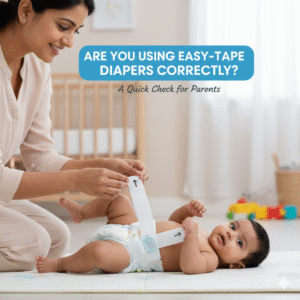
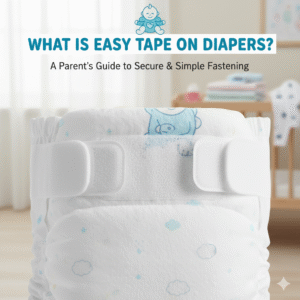
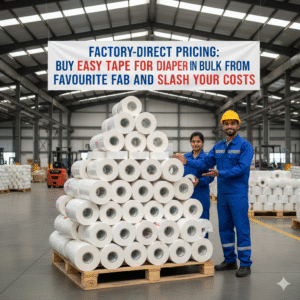
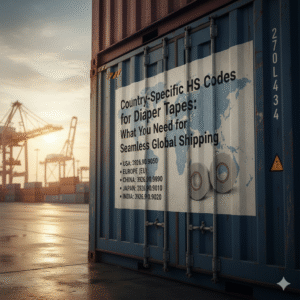
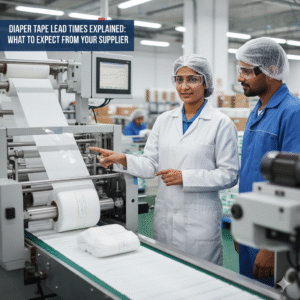
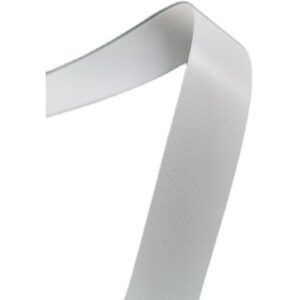
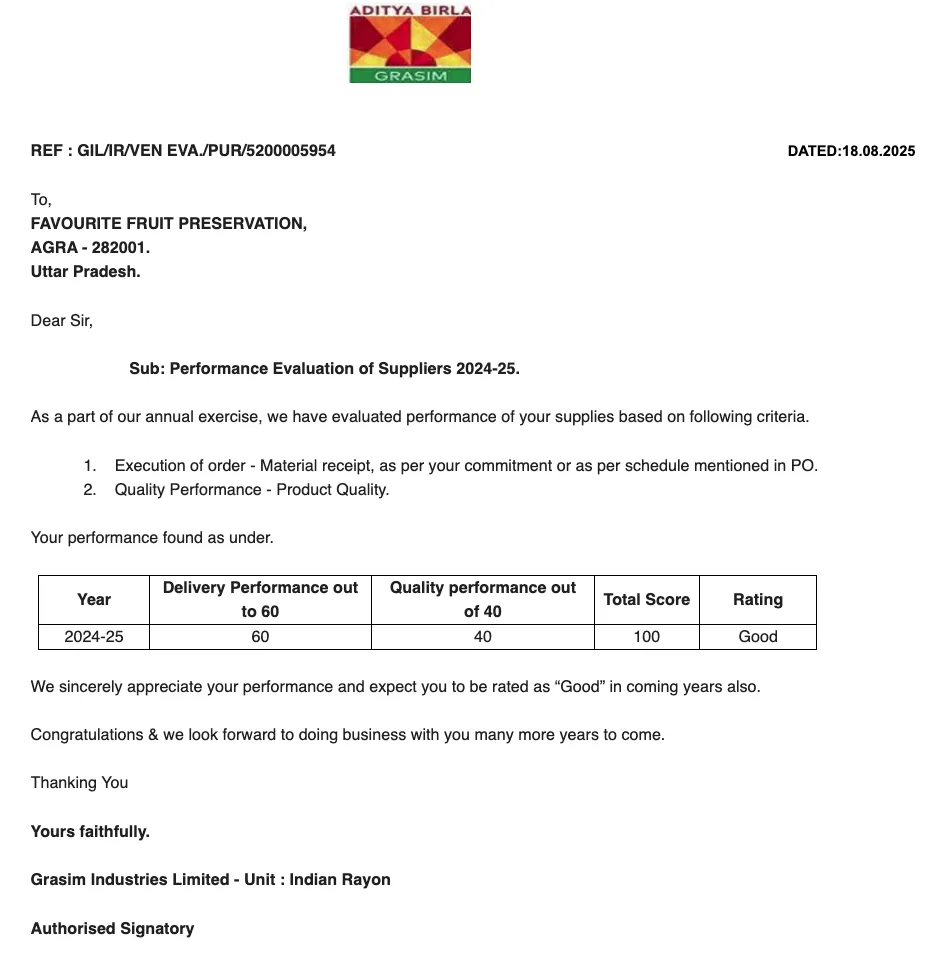




























We Do Business On Trust.Our Nonwoven fabric Business is Built on trust. Trust starts with Transparency.
Mr.Ramniwas Garg Founder Of Favourite Group